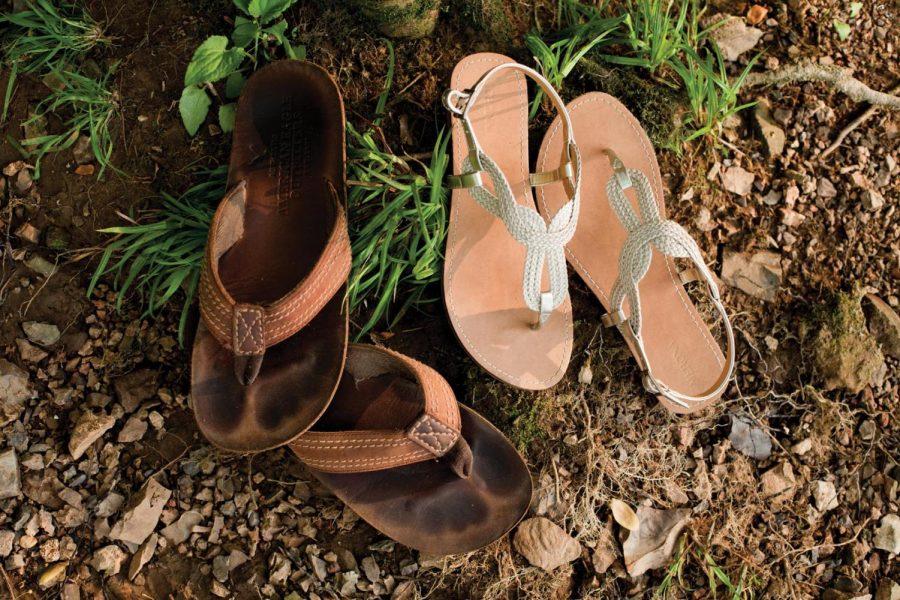Flip-flops cause potential damage, experts say
April 21, 2011
Spring is here and for many people this means stepping into their favorite pair of flip-flops. While they may be fun to wear, studies show that flip-flops could cause potential damage to the wearer’s feet, ankles, legs and back over time due to insufficient support.
Wearing flip-flops could potentially cause serious injuries, such as bone, tendon or joint damage.
A recent article in the Huffington Post reported that when wearing flip-flops, people tend to grip the front part of the shoe with their toes, causing a shorter stride length and improper force when hitting the ground.
This means that the force of walking is transferred up the legs and puts added stress onto the body. Since our bodies aren’t designed to receive that stress, it can cause the feet to roll inward towards each other, causing injury to the arch.
This means that if you aren’t flat-footed, you could become flat-footed with extended flip-flop use.
Besides these possible issues, there are also the obvious problems associated with the feet being exposed. Cuts, bruises, bug bites and stubbed toes, along with becoming dirty, are all more prone to occur with flip-flops.
Due to the instable nature of flip-flops, wearers are more frequently subjected to trips, falls and sprained ankles.
While flip-flops may have hazards associated with wear, this isn’t too much of an issue for most people. For UNA junior Harrison Tanner, wearing flip-flops is preferable to wearing warmer, stuffy shoes.
“When I bought my Chacos, they did hurt my feet a bit until I finally got them adjusted, but, overall, flip-flops haven’t hurt my feet-occasionally the inside of my arch does, but maybe it’s because I have flat feet,” Tanner said.
“I wear flip-flops almost every day, and usually my feet only hurt on the days I don’t wear my flip-flops,” said UNA senior Andrea Watson. “I wear a specific kind, Reefs, that eventually form to my feet, so I guess that’s just what my feet are used to.”
When choosing flip-flops, the American Podiatric Medical Association has plenty of helpful tips to help consumers.
First, bend the flip-flop to ensure that it bends at the ball of the foot. No shoe of any kind should bend in half completely.
Look for flip-flops made of high quality materials such as leather, since it will minimize blisters and other irritations. Make sure that you purchase the right size flip-flops so neither your toes nor heel hang off the edge.
Don’t wear the same pair year after year without inspecting for wear and tear. It is also important to not wear flip-flops when doing yard work, playing sports or when walking long distances. For a list of APMA-approved flip-flops, check out their website at www.apma.org.












